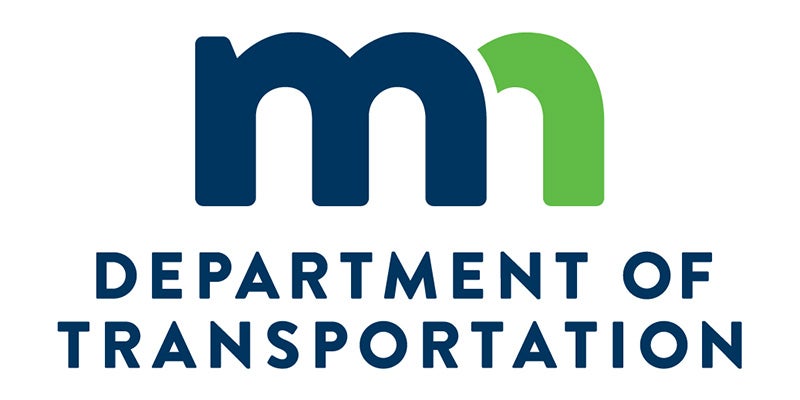Supply rocket explodes moments after lift off
Published 10:10 am Wednesday, October 29, 2014
ATLANTIC, Va. — The owners of a commercial supply ship that exploded moments after liftoff promised to find the cause of the failed delivery mission to the International Space Station and warned residents to not touch any debris they might stumble across from the craft, which was carrying hazardous materials.
Crews planned to hit the ground at daybreak Wednesday to search for pieces of Orbital Sciences Corp.’s Antares rocket and Cygnus cargo module, which blew up Tuesday night just moments after lifting off from NASA’s launch complex at Wallops Island, Virginia, said Bill Wrobel, director of the facility.
The cargo ship was carrying 5,000 pounds of experiments and equipment for NASA, as well as prepackaged meals and freeze-dried Maryland crabcakes for a Baltimore-born astronaut who’s been in orbit for five months. All of the lost materials will be replaced and flown to the 260-mile-high space station, NASA space station program manager Mike Suffredini said. He said astronauts at the station currently have enough supplies to last until spring.
The accident could draw scrutiny to the space agency’s growing reliance on private U.S. companies in the post-shuttle era. NASA is paying billions of dollars to Virginia-based Orbital Sciences and the California-based SpaceX company to make station deliveries, and it’s counting on SpaceX and Boeing to start flying U.S. astronauts to the orbiting lab as early as 2017. It was the fourth Cygnus bound for the orbiting lab; the first flew just over a year ago. SpaceX is scheduled to launch another Dragon supply ship from Cape Canaveral, Florida, in December.
Until Tuesday, all of the supply missions by Orbital Sciences and SpaceX had been near-flawless.
President Barack Obama has long championed this commercial space effort. He was in Wisconsin for a campaign rally and was kept informed.
Orbital Sciences’ executive vice president Frank Culbertson said the company carried insurance on the mission, which he valued at more than $200 million, not counting repair costs. The explosion hit Orbital Science’s stock, which fell more than 15 percent in after-hours trading.
By coincidence, the Russian Space Agency was proceeding with its own supply run Wednesday, planned well before the U.S. mishap.
John Logdson, former space policy director at George Washington University, said the explosion was unlikely to be a major setback to NASA’s commercial space plans. But he noted it could derail Orbital Sciences for a while given the company has just one launch pad and the accident occurred right above it.
At a news conference Tuesday night, Culbertson and others said everyone at the launch site had been accounted for and the damage appeared to be limited to the facilities.
He noted that the cargo module was carrying hazardous materials and warned residents to avoid any contact with debris.
“Certainly don’t go souvenir hunting along the beach,” he said.
Things began to go wrong 10 to 12 seconds into the flight and it was all over in 20 seconds when what was left of the rocket came crashing down, Culbertson said. He said he believes the range-safety staff sent a destruct signal before it hit the ground, but was not certain at this point.
This was the second launch attempt for the mission. Monday evening’s try was thwarted by a stray sailboat in the rocket’s danger zone. The restrictions are in case of just such an accident that occurred Tuesday.
Culbertson said the top priority will be repairing the launch pad “as quickly and safely as possible.”
“We will not fly until we understand the root cause,” he said, adding that it was too early to guess how long it might take to make the rocket repairs and fix the launch pad. It will take a few weeks, alone, to assess the damage and extent of potential repairs.




